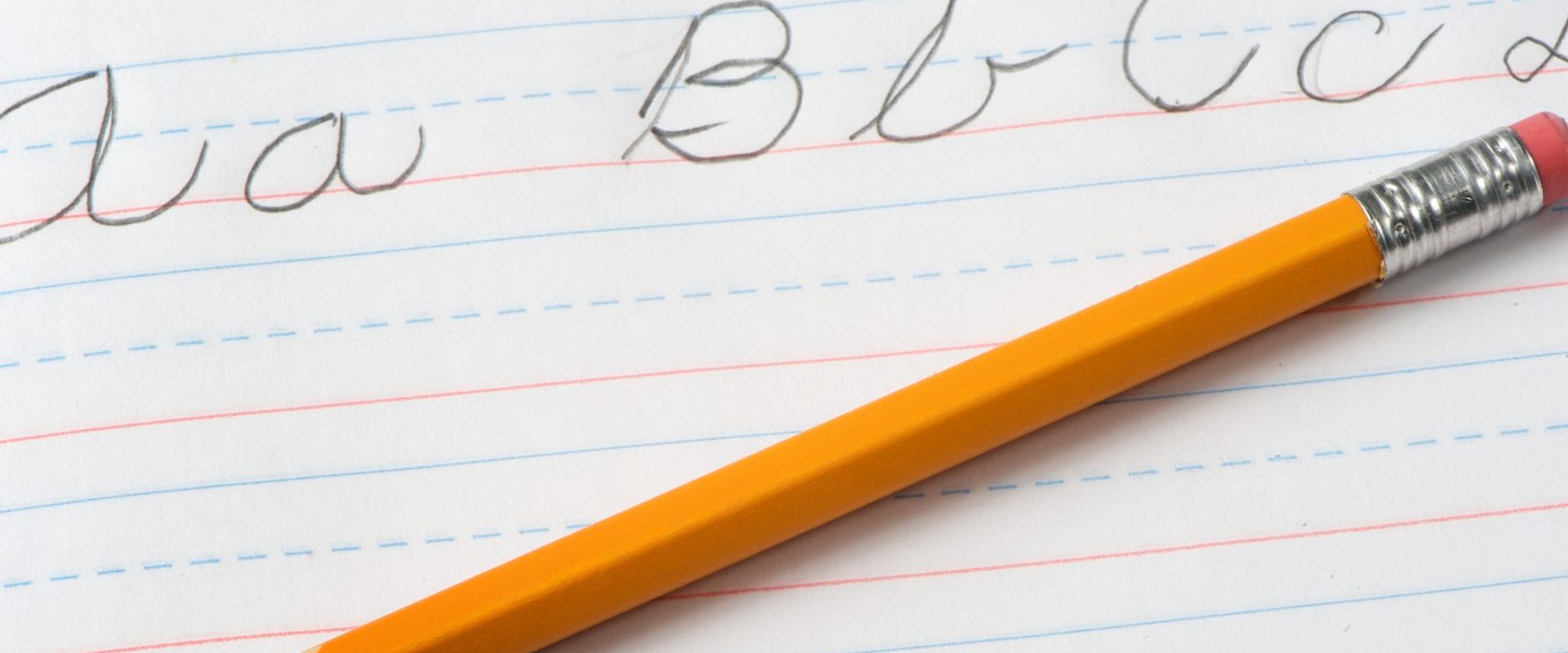In today’s digital age dominated by keyboards and touchscreens, the art of handwriting seems to be fading. However, the ability to write legibly and beautifully remains a valuable skill. Here at Gyan Vihar World School, a Top School in Jaipur and one of the best CBSE Schools in Jaipur, we believe that handwriting is more than just a practical skill; it’s a form of self-expression and a gateway to deeper learning. This blog explores the benefits of beautiful handwriting and provides tips to help you improve your script.
Why Handwriting Matters in a Digital World
While the convenience of digital tools like laptops and tablets is undeniable, the ability to write legibly and effectively by hand remains a valuable skill for several reasons:
- Enhanced Cognitive Function: The act of handwriting requires complex motor skills and coordination between the hand, eye, and brain. This stimulates neural pathways, promoting overall cognitive development, memory function, and focus. Studies have shown that taking notes by hand can lead to better information retention compared to typing, especially for young children who are still developing their cognitive skills.
- Deeper Learning and Memory Retention: The act of physically writing information down forces you to engage with the material more actively than passively reading from a screen. This deeper processing of information leads to better understanding and improved memory retention. Handwriting allows you to summarize key points, create visual cues like diagrams or mind maps, and connect new information to existing knowledge, all of which contribute to stronger memory consolidation.
- Improved Creativity and Problem-Solving: Handwriting allows for greater freedom of expression and exploration of ideas compared to typing. The physical act of writing can spark creative thinking and innovative problem-solving approaches. When taking notes by hand, you’re not limited to linear text; you can doodle, sketch diagrams, and visually represent your thoughts, fostering a more creative learning experience.
- Stress Relief and Mindfulness: The repetitive motions of handwriting can be a form of mindfulness meditation. Focusing on forming letters and maintaining a steady rhythm can induce a state of relaxation and reduce stress. In today’s fast-paced world dominated by digital stimuli, handwriting can provide a welcome break and promote mental well-being.
- Personalization and Communication: A well-written handwritten note or card carries a personal touch that emails and texts often lack. The time and effort invested in crafting a handwritten message demonstrates care and thoughtfulness, making communication more meaningful and impactful. Whether it’s a birthday card for a loved one, a thank-you note to a teacher, or a formal letter of recommendation, handwriting adds a personal touch that can be deeply appreciated by the recipient.
The Art of Beautiful Handwriting: Beyond Legibility
While legibility is essential for clear communication, beautiful handwriting goes beyond simply being readable. It’s about creating a visually appealing script that reflects your personality and adds a touch of elegance to your written communication. Here are some key aspects to consider:
- Posture and Grip: Proper posture and grip are the foundation of beautiful handwriting. Sit upright with your back straight and both feet flat on the floor. Hold the pen comfortably between your thumb and index finger, with your middle finger providing support underneath. Avoid gripping the pen too tightly, as this can lead to hand fatigue and strain.
- Choosing the Right Tools: The writing experience is significantly impacted by the tools you use. Invest in good quality pens that feel comfortable in your hand and glide smoothly on paper. Experiment with different pen styles (gel pens, rollerballs, fountain pens) to find one that suits your writing style and preferences. The type of paper you use also matters. Choose smooth, high-quality paper that doesn’t bleed through with ink.
- Mastering Basic Strokes: Beautiful handwriting starts with mastering the fundamental building blocks: lines, curves, and loops. Practice these basic strokes independently before moving on to forming letters. Focus on consistency and control, ensuring your strokes are smooth and even. There are many resources available online and in handwriting workbooks to help you practice these basic strokes.
- Letter Formation and Consistency: Pay close attention to the proper formation of each letter. Ensure consistent letter size, spacing, and slant throughout your writing. Use a handwriting guide or alphabet chart to learn the correct proportions and techniques for forming each letter. Strive for uniformity in the height, width, and angle of your letters to create a visually cohesive script.
- Developing Your Style: Once you’ve mastered the fundamentals, you can begin to develop your own unique writing style. Explore different fonts like cursive or block lettering, or experiment with adding flourishes to your letters for a more personal touch. There are many beautiful handwriting styles to choose from, so find one that resonates with you and reflects your personality.
Making Handwriting a Habit: Tips for Daily Practice
In today’s digital world, it’s easy to let the art of handwriting fade into the background. However, there are many ways to integrate handwriting practice into your daily routine and make it a more habitual activity:
- Take Notes by Hand: Instead of relying solely on laptops or tablets for note-taking in class or during meetings, consider taking notes by hand. The act of physically writing down information forces you to engage with the material more actively, leading to better understanding and retention. Additionally, taking notes by hand allows you to condense information, create visual cues like diagrams or mind maps, and personalize your notes to highlight key points. This active processing of information strengthens memory pathways and makes it easier to recall details later.
- Journaling: Develop a habit of journaling by hand. Journaling is a therapeutic practice that allows you to express your thoughts, feelings, and experiences freely. Writing by hand slows down the process compared to typing, allowing for deeper reflection and self-exploration. Journaling can be a great way to manage stress, boost creativity, and track your personal growth over time.
- Creative Writing: Explore creative writing by hand. Whether you’re passionate about poetry, short stories, or scripting ideas, using a pen and paper can spark creativity and help you express yourself freely. The tactile experience of handwriting can be more conducive to brainstorming and generating ideas compared to typing on a keyboard. So, grab a notebook and let your imagination flow!
- The Art of Letter Writing: Revive the lost art of letter writing. In our fast-paced digital world, taking the time to write a handwritten letter to a friend, family member, or pen pal can be a meaningful gesture. The personal touch of a handwritten note demonstrates care and thoughtfulness, making communication more impactful. Letter writing allows you to express yourself in a more detailed and nuanced way compared to a quick text message or email.
- Mind Mapping and Doodling: Use mind maps and doodles to brainstorm ideas, plan projects, or simply relax. Mind maps are a visual way to organize information and explore connections between different concepts. Doodling can be a form of mindfulness practice that helps you focus and spark creativity. Both mind maps and doodles can be created more effectively by hand, allowing for a more fluid and organic thought process.
- Practice Makes Perfect: Set aside some dedicated time each day to practice your handwriting. There are many handwriting workbooks and online resources available that provide exercises and drills to help you improve your letter formation, consistency, and overall writing style. Even 15-20 minutes of daily practice can significantly improve your handwriting over time.
- Make it Fun! Experiment with different colored pens, highlighters, and decorative stationery to make handwriting practice more enjoyable. Choose tools that you find aesthetically pleasing and comfortable to use. You can also explore different handwriting styles and lettering techniques to find one that resonates with you. By making handwriting practice fun and engaging, you’re more likely to stick with it in the long run.
Gyan Vihar World School: Nurturing the Art of Handwriting
At Gyan Vihar World School, a leading CBSE school in Jaipur, we recognize the importance of fostering a love for handwriting in our students. We integrate handwriting practice into our curriculum, starting from the early grades. Here are some of the ways we promote beautiful handwriting:
- Integration Across Subjects: We encourage teachers to incorporate handwriting practice into various subjects. Students might take notes, complete worksheets, or create projects by hand, depending on the subject. For instance, in science classes, students might label diagrams by hand, while in history classes, they might create handwritten timelines of events. This cross-curricular approach reinforces the importance of handwriting and showcases its versatility in different learning contexts.
- Emphasis on Presentation: We emphasize the importance of neat and well-presented work. Students are encouraged to take pride in their handwriting, understanding that it reflects their effort and attention to detail. This not only improves the overall quality of their work but also instills a sense of responsibility and ownership in their learning.
- Celebrating Creativity: We celebrate creativity and individuality in handwriting. While we ensure students learn proper letter formation and basic techniques, we also encourage them to develop their own unique styles. This fosters self-expression and allows students to find a writing style that feels comfortable and authentic.
The Power of Penmanship: A Legacy Beyond the Digital Age
In a world dominated by digital communication, the ability to write legibly and beautifully remains a valuable asset. Handwriting is more than just a practical skill; it’s a form of self-expression, a tool for deeper learning, and a gateway to a more mindful and creative approach to life. At Gyan Vihar World School, a Top School in Jaipur, we believe in nurturing the art of handwriting in our students, equipping them with a skill that will serve them well throughout their lives. So, pick up a pen, embrace the tactile joy of writing, and rediscover the magic of putting your thoughts and ideas onto paper!







